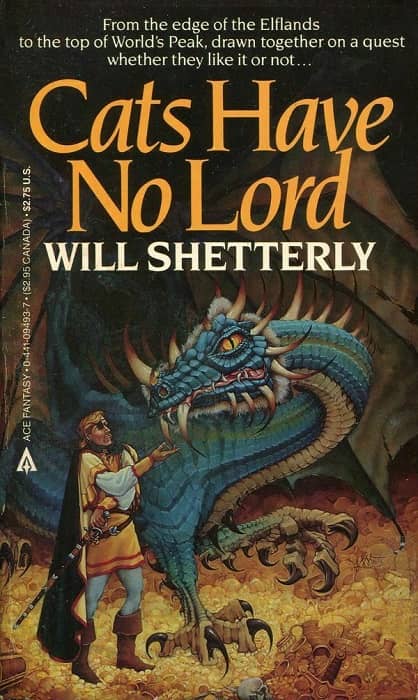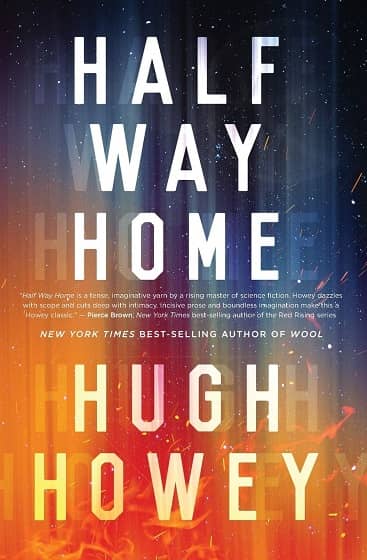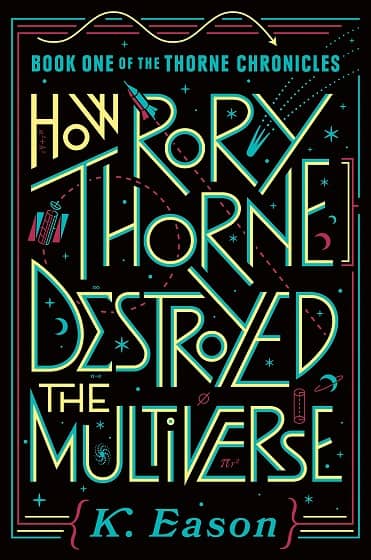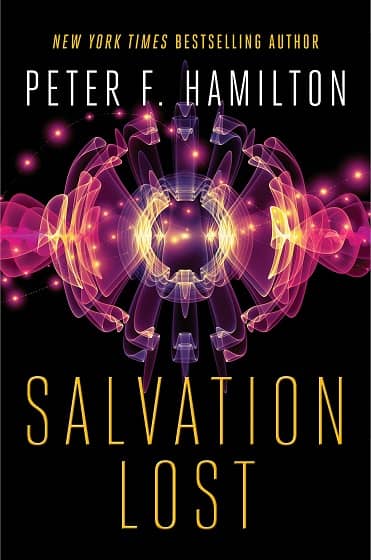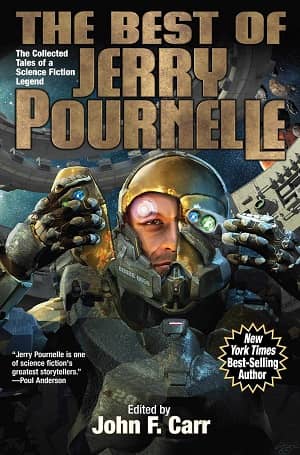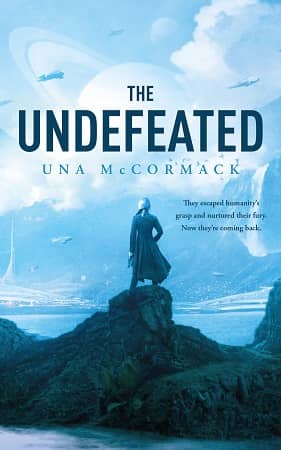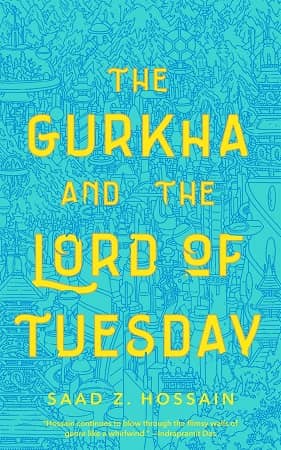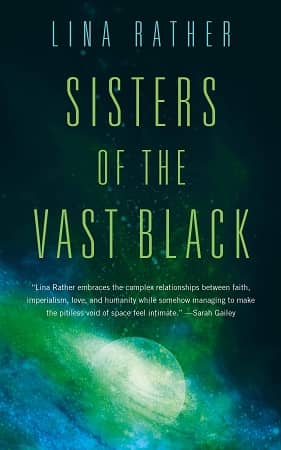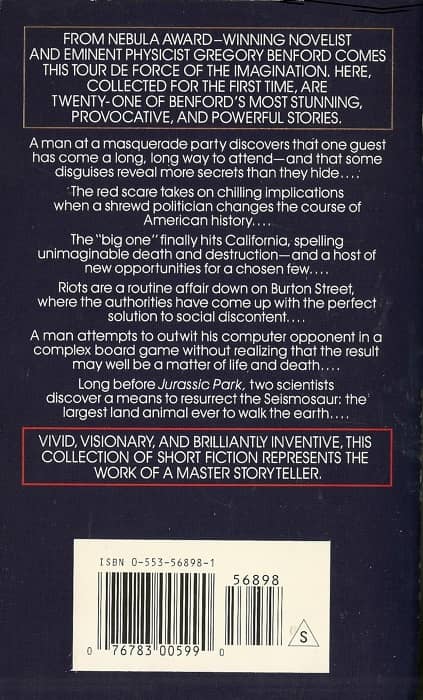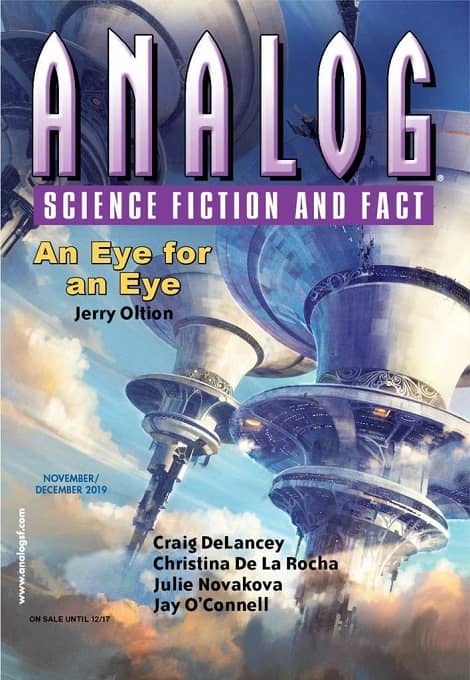When the Berlin Wall Falls: The Cold War Magic Novels by W.L. Goodwater
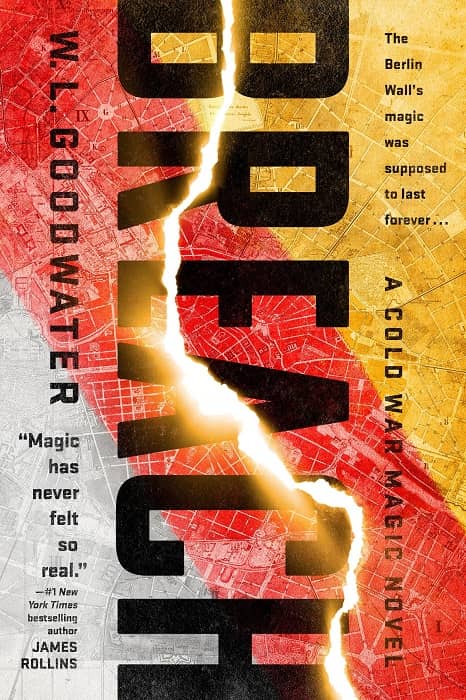 |
 |
I bought W.L. Goodwater’s debut Breach earlier this year, about five minutes after picking it up in the bookstore. The back cover blurb did it for me. I’m a sucker for an original premise, and a Cold War apocalypse fantasy hit all the right buttons. Here’s an excerpt from the review at BookPage.
In the waning hours of World War II, Soviet magicians conjured a wall of pure magic, dividing Berlin in two and protecting their hold on East Germany. While the world was aghast, there was little the West could do. The wall was impenetrable except at specific, predetermined crossing points like Checkpoint Charlie. Until now. The wall is failing, and to avoid World War III, the US needs to find out why — and try to reverse the process. The CIA calls on Karen, a young researcher from the American Office of Magical Research and Deployment. As she searches for a way to repair the wall, Karen quickly realizes that the truth is never straightforward in Berlin, especially when it comes to the story behind the Wall itself….
Goodwater’s debut novel is tightly wound in the way that only good suspense stories can be. At any moment it seems that the fragile peace built between the West and East could fall apart with disastrous consequences, which is a testament to Breach’s overall success with dramatic timing… Breach combines the magical world building of The City & the City with the suspense of Cold War thrillers like Bridge of Spies, resulting in a cinematic suspense story that will keep readers on the edge of their seats until the very last page.
The second book in the series, Revolution, arrives in two weeks, and I’m very much looking forward to it. In this installment, set some years after Breach, American magician Karen O’Neil travels to Cuba to find a missing girl intertwined with a new kind of magic that threatens to upend the global balance of power. Here’s the description.
